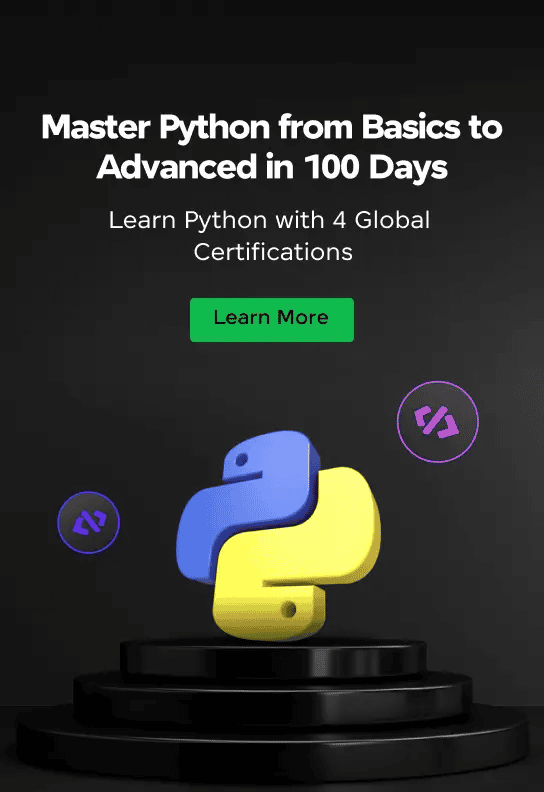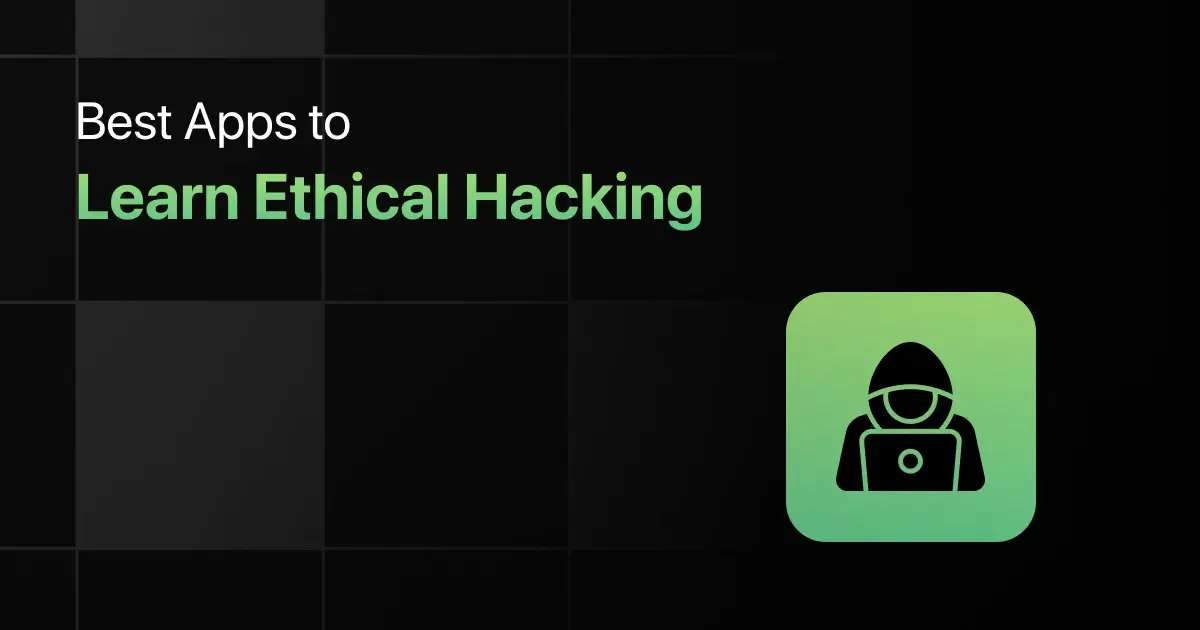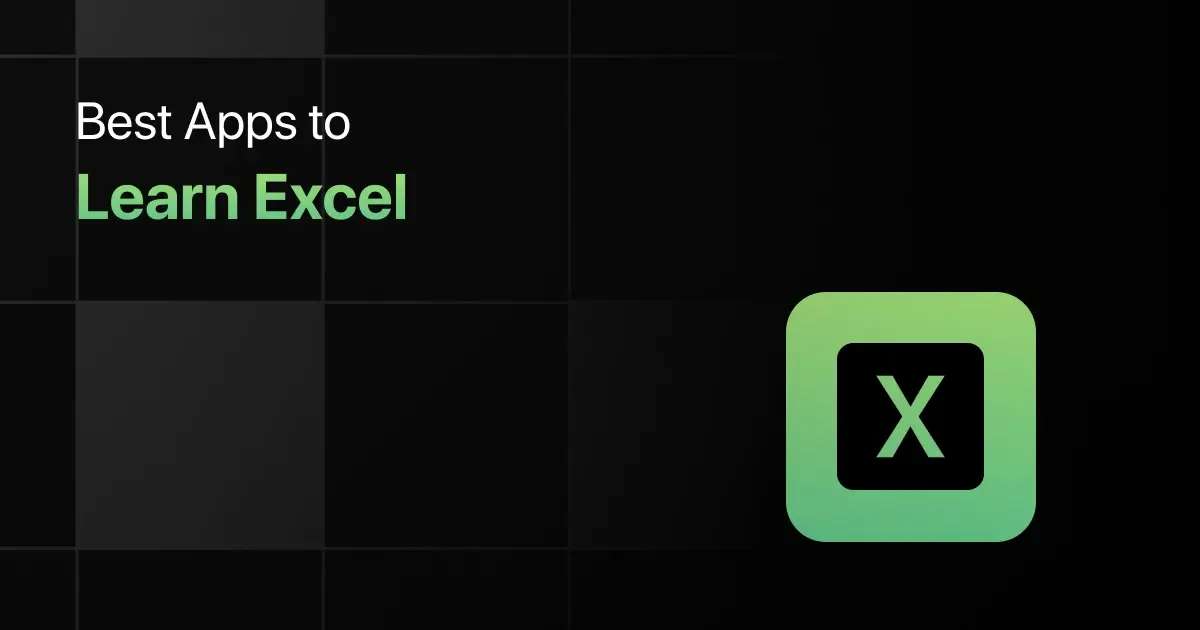Best Python Frameworks You Should Know
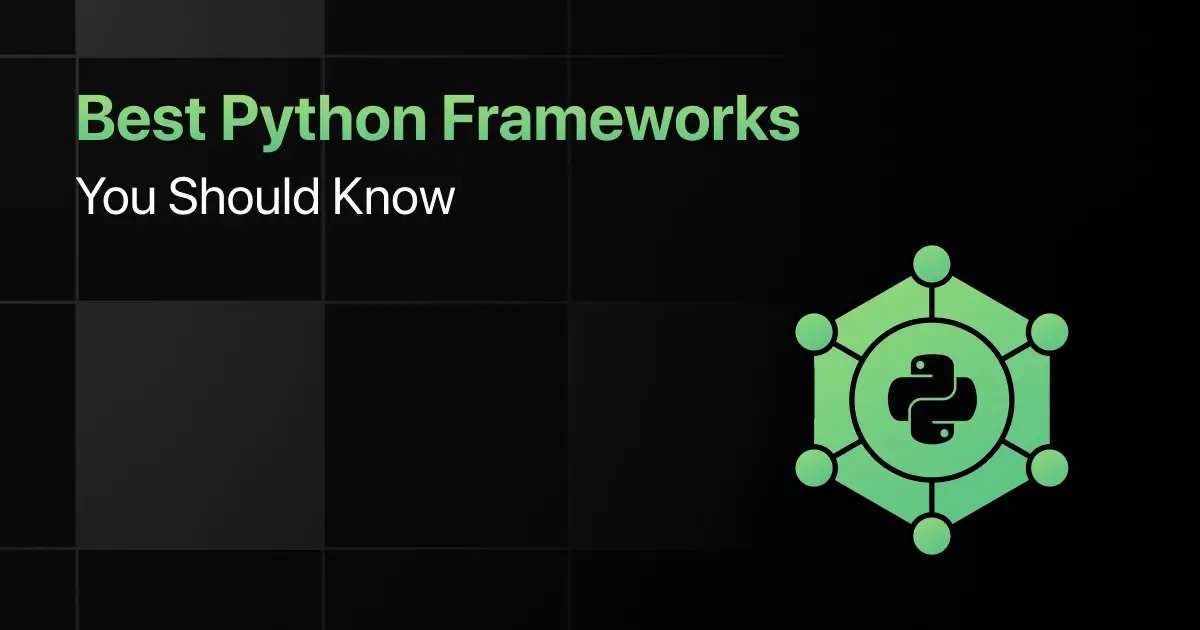
Python frameworks are essential tools for developers. They provide a structured foundation to build applications.
This blog will explore a Python frameworks list and highlight the unique features of Python frameworks and libraries.
If you’re looking for Python frameworks for beginners or aiming to conduct a detailed Python frameworks comparison, this guide has you covered.
Top Python Frameworks for Developers – Overview
Here’s an overview of the 10 best frameworks for Python programming:
| S.No. | Framework Name | Key Features | Ease of Integration | Download Link |
|---|---|---|---|---|
| 1 | Django | ORM and Admin Interface | Easy | Download |
| 2 | Flask | Minimalistic and Flexible | Easy | Download |
| 3 | Pyramid | URL Generation and Authentication | Medium | Download |
| 4 | Bottle | Single File Application | Easy | Download |
| 5 | CherryPy | Built-In Server and Plugins | Medium | Download |
| 6 | FastAPI | High Performance and Interactive Docs | Easy | Download |
| 7 | Tornado | Asynchronous Networking and Websockets | Medium | Download |
| 8 | Web2py | Web-Based IDE and Ticketing System | Easy | Download |
| 9 | Hug | Type Annotations and Versioning | Easy | Download |
| 10 | Falcon | High Performance and Optimized Speed | Medium | Download |
Most Popular Python Frameworks You Should Know
Below are the top 10 Python frameworks that you should know:
1. Django
Django is a high-level Python web framework that encourages rapid development and clean, pragmatic design.
It is known for its “batteries-included” philosophy, providing a wide range of built-in features.
Popularity:
- Widely used in enterprise applications.
- Preferred for large-scale web projects.
- Common in educational platforms.
Key Features:
- ORM (Object-Relational Mapping)
- Built-in admin interface
- Authentication system
Learning Curve: Medium
Performance: High performance with built-in optimization tools
Compatibility:
- Supports multiple databases like PostgreSQL, MySQL, and SQLite.
- Integrates with various third-party libraries.
Ease of Integration: Easy
Use Cases and Industry Adoption:
- Content management systems
- Social networking sites
- eCommerce platforms
Job Market Demand:
- High demand in enterprise web development
- Used in tech, media, and education industries
- Sought after for large-scale web projects
2. Flask
Flask is a lightweight and flexible web framework for Python, ideal for small to medium-sized applications.
It provides the essentials to get started quickly without enforcing any dependencies.
Popularity:
- Popular among startups and small projects.
- Preferred for microservices.
- Common in API development.
Key Features:
- Minimalistic and flexible
- Extensible with numerous plugins
- Built-in development server
Learning Curve: Easy
Performance: High performance with minimal overhead
Compatibility:
- Supports various extensions.
- Integrates with SQLAlchemy and other ORMs.
Ease of Integration: Easy
Use Cases and Industry Adoption:
- Microservices
- RESTful APIs
- Prototyping
Job Market Demand:
- High demand in startups and small businesses
- Used in tech and media industries
- Preferred for API development
3. Pyramid
Pyramid is a flexible and scalable web framework for Python, designed to work well for both small and large applications.
It provides a minimalistic core with optional extensions.
Popularity:
- Popular among developers needing flexibility.
- Used in both small and large-scale projects.
- Common in projects requiring scalability.
Key Features:
- URL generation
- Flexible authentication and authorization
- Built-in support for templating
Learning Curve: Medium
Performance: High performance with minimal core and extensibility
Compatibility:
- Works with various templating systems.
- Supports multiple databases.
Ease of Integration: Medium
Use Cases and Industry Adoption:
- Large-scale web applications
- Complex web projects
- Scalable services
Job Market Demand:
- High demand in scalable project development
- Used in tech and enterprise sectors
- Preferred for flexible web applications
4. Bottle
Bottle is a simple, lightweight, and fast micro-framework for Python web applications.
It is distributed as a single file module with no dependencies other than the Python Standard Library.
Popularity:
- Popular for small projects and prototyping.
- Used in educational environments.
- Common in projects with minimal requirements.
Key Features:
- Single file application
- Built-in HTTP server
- Supports plugins
Learning Curve: Easy
Performance: High performance with minimal footprint
Compatibility:
- Integrates with WSGI-compatible web servers.
- Supports multiple plugins.
Ease of Integration: Easy
Use Cases and Industry Adoption:
- Prototyping
- Small web applications
- Educational projects
Job Market Demand:
- High demand for educational projects
- Used in small-scale web development
- Preferred for lightweight applications
5. CherryPy
CherryPy is an object-oriented web framework for Python, allowing developers to build web applications similarly to writing other object-oriented programs.
Popularity:
- Popular in both small and large projects.
- Used by experienced developers.
- Common in projects needing a robust backend.
Key Features:
- Built-in HTTP/1.1-compliant web server
- Powerful configuration system
- Flexible plugin system
Learning Curve: Medium
Performance: High performance with multi-threading support
Compatibility:
- Integrates with various databases.
- Supports multiple templating engines.
Ease of Integration: Medium
Use Cases and Industry Adoption:
- Backend services
- Complex web applications
- Enterprise systems
Job Market Demand:
- High demand in enterprise-level projects
- Used in tech and finance industries
- Preferred for robust backend development
6. FastAPI
FastAPI is a modern, fast (high-performance) web framework for building APIs with Python 3.6+ based on standard Python-type hints.
It is designed for quick development and high performance.
Popularity:
- Rapidly growing in popularity.
- Used in performance-critical applications.
- Common in API development.
Key Features:
- High performance
- Automatic interactive API documentation
- Dependency injection
Learning Curve: Medium
Performance: Exceptional performance with asynchronous capabilities
Compatibility:
- Integrates with standard Python libraries.
- Supports asyncio and async/await.
Ease of Integration: Easy
Use Cases and Industry Adoption:
- High-performance APIs
- Microservices
- Real-time applications
Job Market Demand:
- High demand for API development
- Used in tech and healthcare industries
- Preferred for performance-critical applications
7. Tornado
Tornado is a Python web framework and asynchronous networking library.
It was originally developed to handle large numbers of simultaneous connections in real-time web services.
Popularity:
- Popular in real-time web applications.
- Used in scalable applications.
- Common in projects needing asynchronous networking.
Key Features:
- Asynchronous networking
- WebSockets support
- High scalability
Learning Curve: Medium
Performance: High performance with non-blocking I/O
Compatibility:
- Integrates with various databases.
- Supports third-party libraries.
Ease of Integration: Medium
Use Cases and Industry Adoption:
- Real-time web services
- Scalable applications
- Asynchronous networking
Job Market Demand:
- High demand in real-time web projects
- Used in tech and media industries
- Preferred for scalable and asynchronous applications
8. Web2py
Web2py is a full-stack web framework for Python that makes web development fast and easy.
It includes a web-based interface for rapid development.
Popularity:
- Popular in educational settings.
- Used in small to medium-sized applications.
- Common in rapid development projects.
Key Features:
- Web-based IDE
- Built-in ticketing system
- No dependencies
Learning Curve: Easy
Performance: Moderate performance with comprehensive features
Compatibility:
- Supports various databases.
- Integrates with multiple third-party libraries.
Ease of Integration: Easy
Use Cases and Industry Adoption:
- Educational projects
- Small to medium-sized web applications
- Rapid development
Job Market Demand:
- High demand for educational projects
- Used in tech startups
- Preferred for rapid application development
9. Hug
Hug is a Python framework that makes developing APIs as simple as possible, focusing on performance and developer productivity.
It aims to allow developers to create and maintain their APIs with minimal effort.
Popularity:
- Popular for developing APIs.
- Used in performance-critical applications.
- Common in projects needing simplicity.
Key Features:
- Type annotations
- Built-in versioning
- Asynchronous support
Learning Curve: Easy
Performance: High performance with minimal overhead
Compatibility:
- Integrates with various Python libraries.
- Supports both synchronous and asynchronous APIs.
Ease of Integration: Easy
Use Cases and Industry Adoption:
- API development
- Performance-critical applications
- Simple web services
Job Market Demand:
- High demand for API development
- Used in tech and healthcare industries
- Preferred for performance-critical projects
10. Falcon
Falcon is a high-performance web framework for building APIs with Python.
It is designed to allow developers to build RESTful APIs quickly and efficiently.
Popularity:
- Popular for building RESTful APIs.
- Used in performance-sensitive applications.
- Common in projects requiring high efficiency.
Key Features:
- High performance
- Low-level control
- Optimized for speed
Learning Curve: Medium
Performance: Exceptional performance with minimal overhead
Compatibility:
- Integrates with various Python libraries.
- Supports multiple deployment options.
Ease of Integration: Medium
Use Cases and Industry Adoption:
- RESTful APIs
- High-performance applications
- Microservices
Job Market Demand:
- High demand for API development
- Used in tech and finance industries
- Preferred for high-performance projects
Frequently Asked Questions
1. What are the best Python frameworks to use?
The best Python Frameworks to use are:
- Django
- Flask
- FastAPI
- Pyramid
2. What key features should I look for in a Python framework?
You should look for features like a learning curve, flexibility, ease of integration, comprehensive documentation, and community support.
3. Which Python framework is best suited for web development?
Django is best suited for web development due to its “batteries-included” philosophy and robust features.
4. Which Python frameworks are easiest to learn for beginners?
Flask and Bottle are the easiest Python frameworks to learn for beginners.
5. What are the common use cases for different Python frameworks?
Common use cases include web development (Django, Flask), API development (FastAPI, Flask), and microservices (FastAPI, Flask).
6. What are some lightweight Python frameworks for rapid application development?
Flask, Bottle, and CherryPy are lightweight Python frameworks for rapid application development.
7. Which Python frameworks are used by top companies?
Top companies use Django, Flask, and FastAPI Python frameworks.
8. What is the job market demand for skills related to Python frameworks?
There is a high job market demand for skills related to Django, Flask, and FastAPI in web development, API development, and microservices.
Final Words
For beginners, starting with the recommended Python frameworks in this blog can ease your learning curve.
Mastering the top 10 Python frameworks will equip you with the knowledge and tools needed to build scalable Python applications.
Explore More Python Resources
- Python Learning Websites
- Python Practicing Websites
- Python YouTube Channels
- Python Project Ideas
- Python Interview Questions
- Python Apps
- Python IDEs
- Python MCQ
Explore More Frameworks
Related Posts
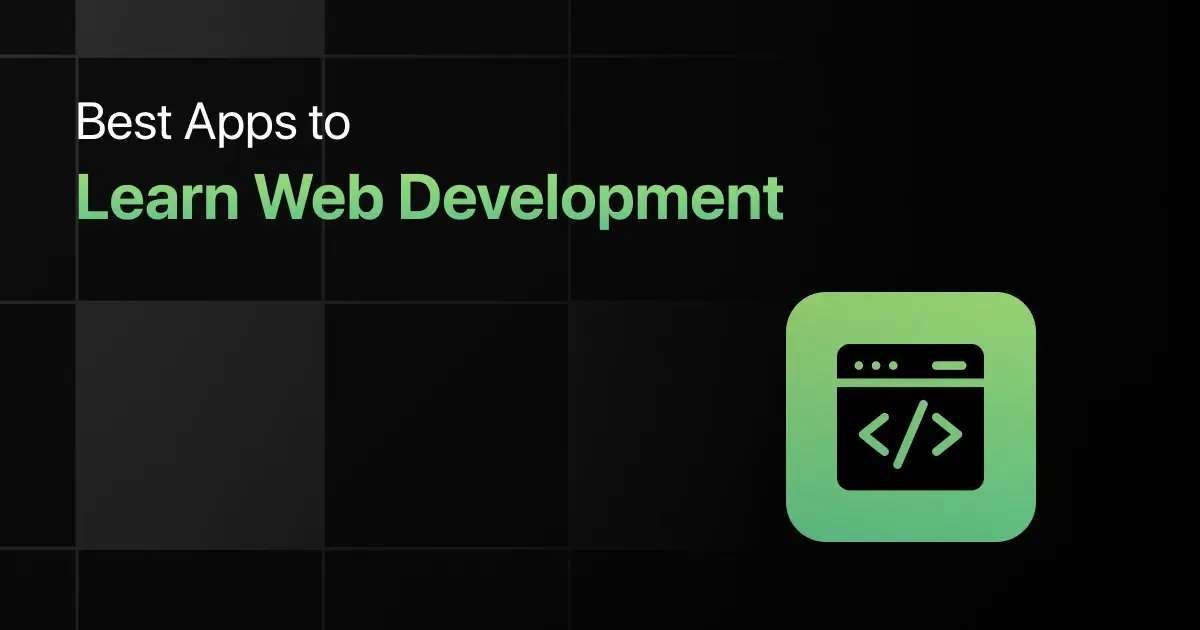

Best Apps to Learn Web Development
Ever thought about building your own website or launching a career in tech but don’t know where to start? With the …


